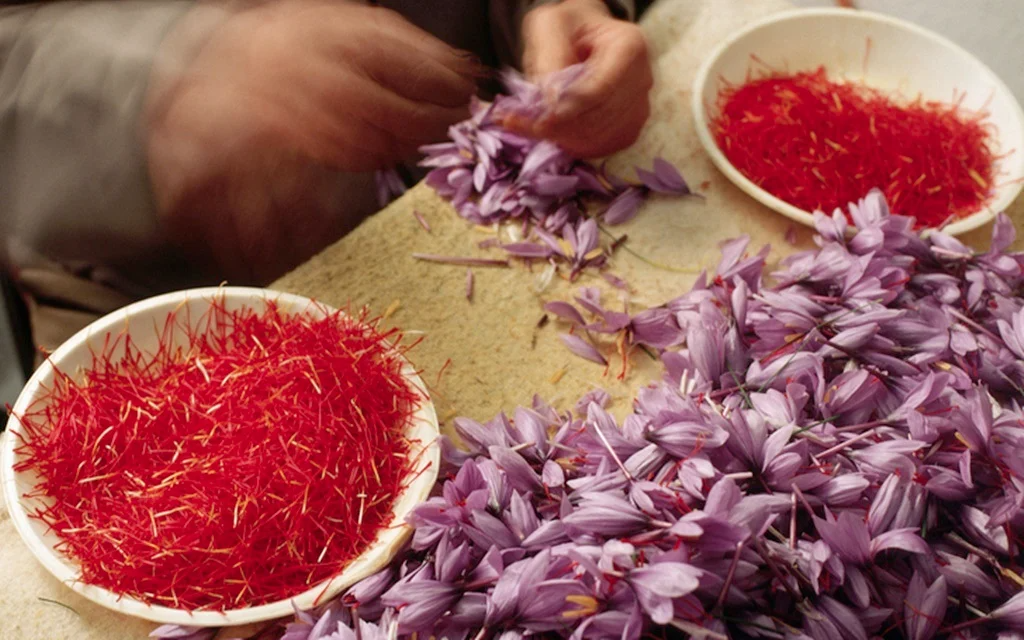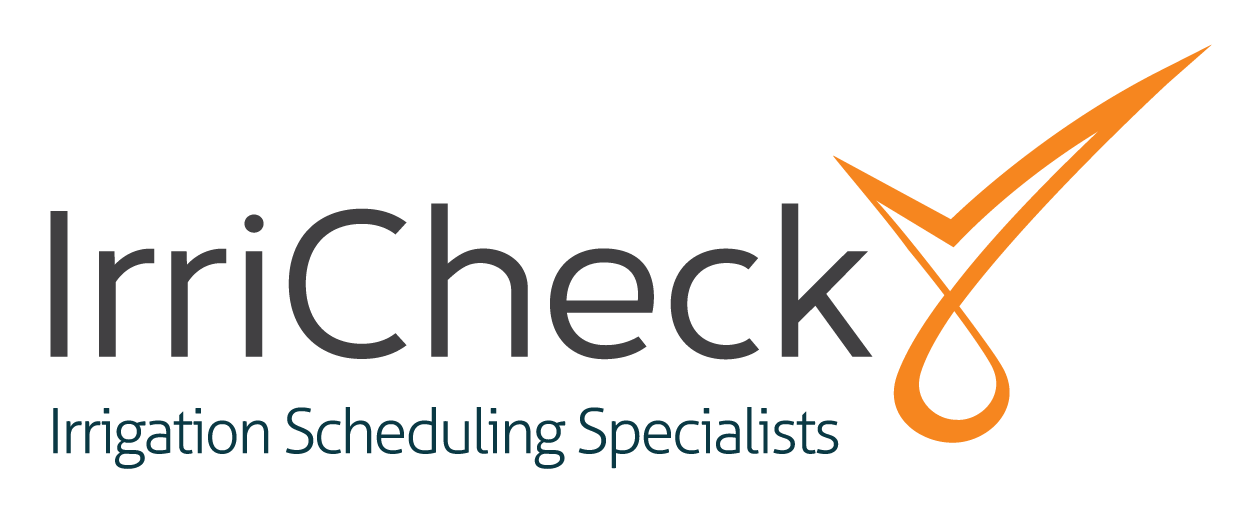
Local saffron farmer wants to take on the world
South African saffron farming producer Saffricon plans to start producing “serious amounts” within the next eight to ten years.
Known as “red gold”, saffron is the most expensive spice in the world. Spain and Iran are the biggest producers, with the latter having a market share above 90%.
Locally it retails for as much as R250 per gram or R250 000 per kilogram. Saffron involves labour-intensive harvesting methods, from picking the flowers to removing the threads – all done by hand. About 150 000 flowers are needed to produce one kilogram of “red gold”.
Saffricon was founded in 2013 by Bennie Engelbrecht. His vision was to bring a new opportunity to the South African market. He and his team first cultivated saffron in Pretoria and later in the Northern Cape too.
A total of 20 million corms (bulbs) have been planted to date. Once a year, under favourable conditions, each corm multiplies underground about three times. Therefore, one hectare planted with corms will have enough corms by year four for 24 hectares of planting.
According to Engelbrecht, his locally produced saffron has a distinctive flavour and aroma and recently acquired international classification – evidence of its good quality.
Engelbrecht says Saffricon’s aim has always been to become a significant player in the world market in terms of quantity and quality. Saffron is a high-value, relatively low-risk crop that can be cultivated on as little as a quarter hectare of land.
“This makes saffron ideal for commercial farmers who want to diversify. It also creates an opportunity for South Africans wanting to branch into agriculture on a small scale,” says Engelbrecht.
Since last year, Saffricon has sold about 385 saffron “trial packs” to prospective farmers in all nine provinces in South Africa, and in Botswana, Namibia, Lesotho, and Zambia.
Industry oversight
The Association of Saffron Southern Africa (ASSA) was founded in August this year as an umbrella organisation.
“We must have an overarching body to oversee the industry, especially as more saffron farmers come on board and the industry grows. This highlights the importance of an organisation like ASSA, which will introduce accredited corm suppliers to prospective growers,” says Engelbrecht.
“We want to establish and maintain a high-value product. Therefore, it is important that farmers are adequately compensated for high-grade saffron.”
Saffricon is also initiating the Saffron Incubation Program (SIPS), which focuses on community and government-funded projects.
